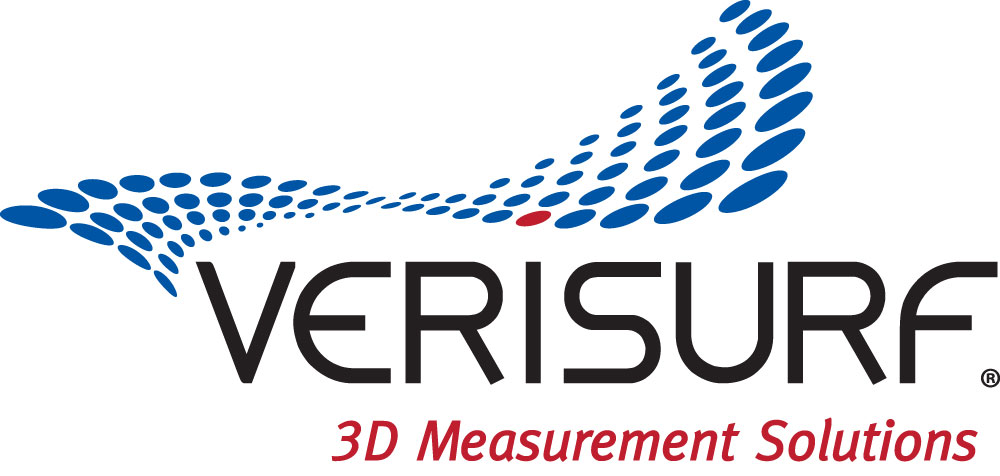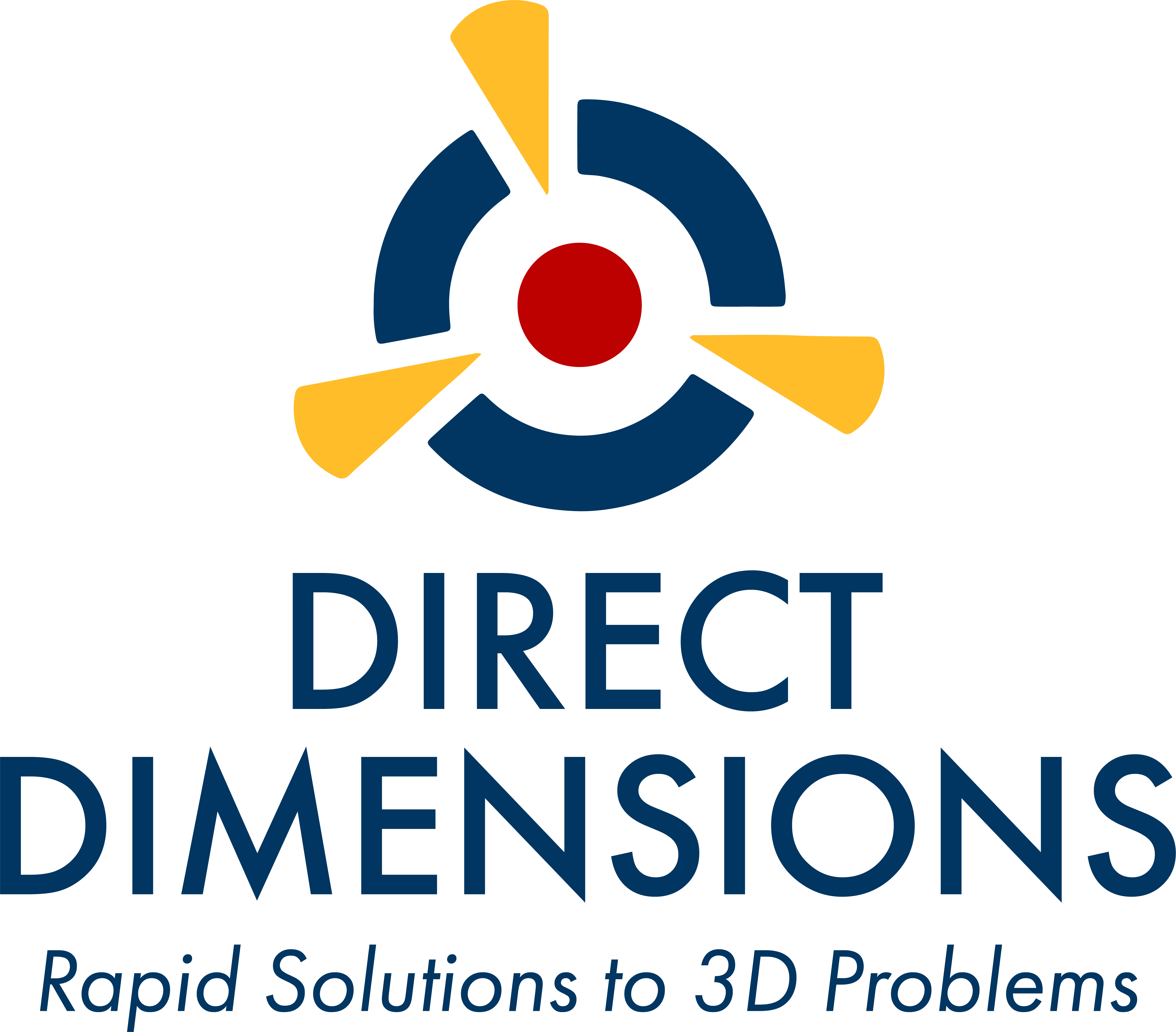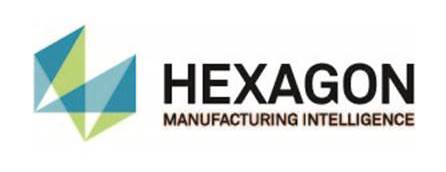Simple Methods for Dynamically Testing Laser Trackers in the Field
David Parker
Laser trackers are typically evaluated under the ASME B89.4.19 standard using artifact standards under static conditions. Due to the requirements of the artifact standards, evaluations are typically beyond the capabilities of most laser tracker owners and are thus conducted by instrument manufacturers and standards laboratories. Instruments must be shipped to a lab for periodic evaluation, or following an incident that throws the performance in question. Moreover, the evaluations are under static conditions. There are no evaluation standards for the tracking and servo systems. Simple methods for testing, based on first principles, which are suitable for use in the field are proposed. For example, a plane pendulum is simply constructed by a beam, mass, and knife edge bearings. From first principles, it is known that the motions of a retroreflector attached to such a pendulum exhibit damped simple harmonic motions having a fixed period, T, and radius of curvature, r1. Given those two constraints, and the high accuracy clock capabilities of a laser tracker, it is possible to fit a series of measurements to a Fourier series of period T and higher harmonics. A secondary retroreflector, which could be used to simultaneously measure by a second instrument, would also have the same period, T, but in general a different radius, r2. While a smooth fit by relatively few terms does not guarantee good instrument performance—a poor fit is an indication of a possible problem. By strategically orienting the instrument under test with respect to the motion of the pendulum, the sensitivity of the distance meter or tracking and servo system can be emphasized or minimized. For example, to minimize sensitivity to the tracking and servo system and maximize sensitivity to the distance meter, orient the instrument in the plane of motion at the height of the retroreflector. To maximize sensitivity to the vertical servo system, orient the retroreflector looking downward and track the image of the retroreflector in a first surface mirror placed under the pendulum, i.e., virtually place the instrument looking up to the retroreflector. To maximize sensitivity to the horizontal servo system, orient the instrument perpendicular to the plane of motion. For added confidence, use two instruments simultaneously measuring to the two retroreflectors, in either opposite or orthogonal orientations. For higher frequency distance meter evaluations, such as vibration measurements, a retroreflector attached to a tuning fork could be used. Sources of error, such as the cyclic error, double path measurements due to stray reflections at the focal point of the columinating lens, servo lag, and software induced errors would be exposed.
|
Integration of Laser Tracker Systems in BIW Measurement: A Case Study in Automotive Industry
Emre Bolova
Product and process quality assurance are challenging task due to increasingly narrowing product specifications. Coordinate measurement is one of the key technologies used in the area of dimensional control to inspect and improve the accuracy of produced components. Dimensional inspection tasks are often carried out on conventional coordinate measuring machines (CMMs). However, there are strong concerns about CMMs usage due to low measurement capacity, speed, flexibility, and limited accessibility to the underbody and inside the body measurement points. Besides, the agility requirement in diagnostic measurements in case of blocking quality problems is a critical task to be handled. In order to overcome these challenges, automotive companies are tending to adapt laser scanning technologies. However, according to the limited study to make a comparison in the literature, they are less accurate than the measurement with contact probe. In this study, the assessment of body geometry measurement capability was performed for off-line Leica laser scanning system through uncertainty and measurement system analysis (MSA) and compared with CMM. The obtained results demonstrated that the uncertainty and Gauge Repeatability & Reproducibility (GRR) values of laser scanning technology are very satisfactory for body geometry measurements. Besides, the measurement capacity due to increased speed, and the accessibility due to non-contact measurements are seriously improved compared to CMM.
|







